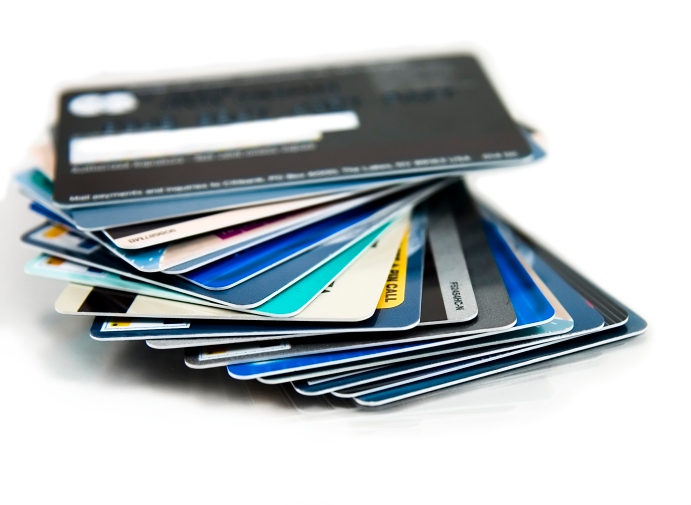Banking, finance, and taxes
Are Credit Cards a Good Thing for Students?
Published:
Last Updated:

Card issuers have added a number of features that make credit cards attractive to students. Lower interest rates, rewards and advice and tools on how to handle credit are the main improvements.
According to recent research from CreditCards.com, a division of Bankrate, current offers directed at students include the following benefits:
- Almost all student cards (9 of 11) tout tools to help students learn to use credit wisely, such as free credit monitoring, mobile account alerts, budget and planning tools, financial literacy videos or charts that track spending.
- Seven of the 11 have no penalty APR, meaning they won’t raise a cardholder’s interest rate for missing payments. That’s important since young cardholders are prone to financial mistakes. A 2012 study by the Federal Reserve Bank of Richmond found that cardholders under 21 were more likely to experience minor delinquencies (30 to 60 days past due), but less likely to experience more serious delinquencies than older cardholders.
- Two cards have tools specifically designed to help students learn to pay on time. The Capital One Journey card rewards students for paying on time each month by giving them an extra 0.25 percent cash back. And the Discover It Chrome for Students waives your first late payment fee.
Of the 11 cards available, eight offer rewards, including cash back on purchases of groceries, gasoline and dining out, and five offer sign-up bonuses of cash or reward points. Six of the cards offer introductory interest rates of 0% for up to 12 months, and one even offers $20 cash back for good grades. None of the 11 charges an annual fee, and six offer the EMV — Europay, MasterCard and Visa — chip that helps protect users against fraudulent purchases.
ALSO READ: Oppenheimer’s 7 Bull Market Leaders to Buy After the Sell-Off
Thank you for reading! Have some feedback for us?
Contact the 24/7 Wall St. editorial team.